
The Keto Food Pyramid: Meal Planning for the Keto Diet
Starting a ketogenic diet can be confusing. As you find yourself suddenly adopting eating behaviors that are completely opposite to what you were raised on. People often ask me what proportions of different foods should eaten on a ketogenic diet. To help people conceptualize this, I created a keto food pyramid as it resembles a format we are all familiar with.
While I am not huge on counting calories, the ketogenic requires the right amounts of fats, proteins, and carbs to achieve your goals. In this article I will attempt to make adopting a ketogenic diet and visualizing your food choices much more intuitive.
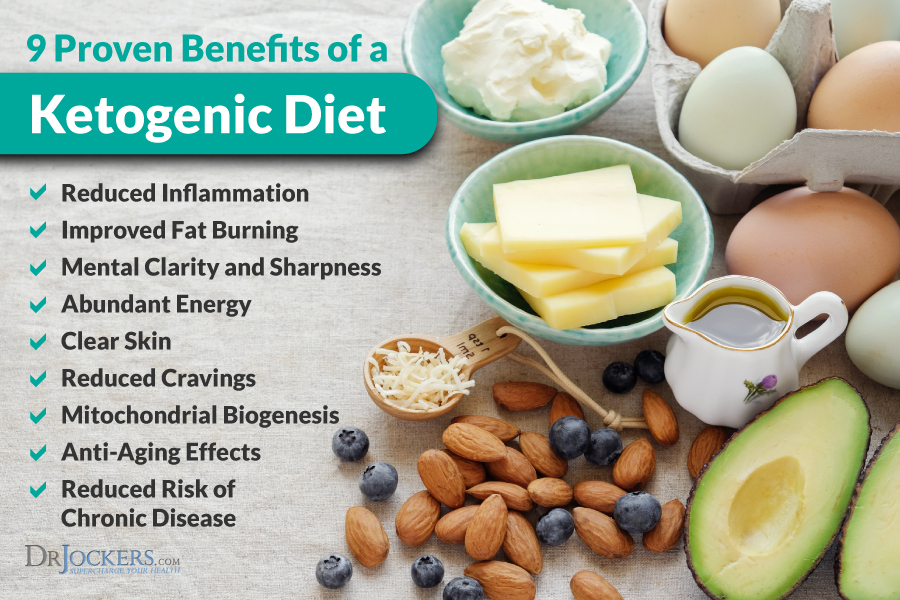
Traditional Food Pyramid
As more and more people are becoming aware of, the Standard American diet (SAD) is a precursor for metabolic disease. In fact, many of the top leading diseases of modern society all stem in large from our heavy reliance on carbs and processed foods that are convenient and satisfy our taste buds.
On the traditional food pyramid the base represents the foods that should be consumed in the largest quantities. These include bread, cereal, rice, pasta, and whole grains. These foods all break down into glucose in our blood stream and make us dependent upon a steady supply of these glucose boosting foods. In other words, these foods make sure sugar burners and put us in a state of sugar and starch craving throughout the day.
The next highest proportions include fresh fruits and vegetables. This is a good recommendation. Finally, at the top of the pyramid, and foods to consume in the lowest proportions include dairy, meat, and fats. As you will see, the keto food pyramid is virtually opposite of this.
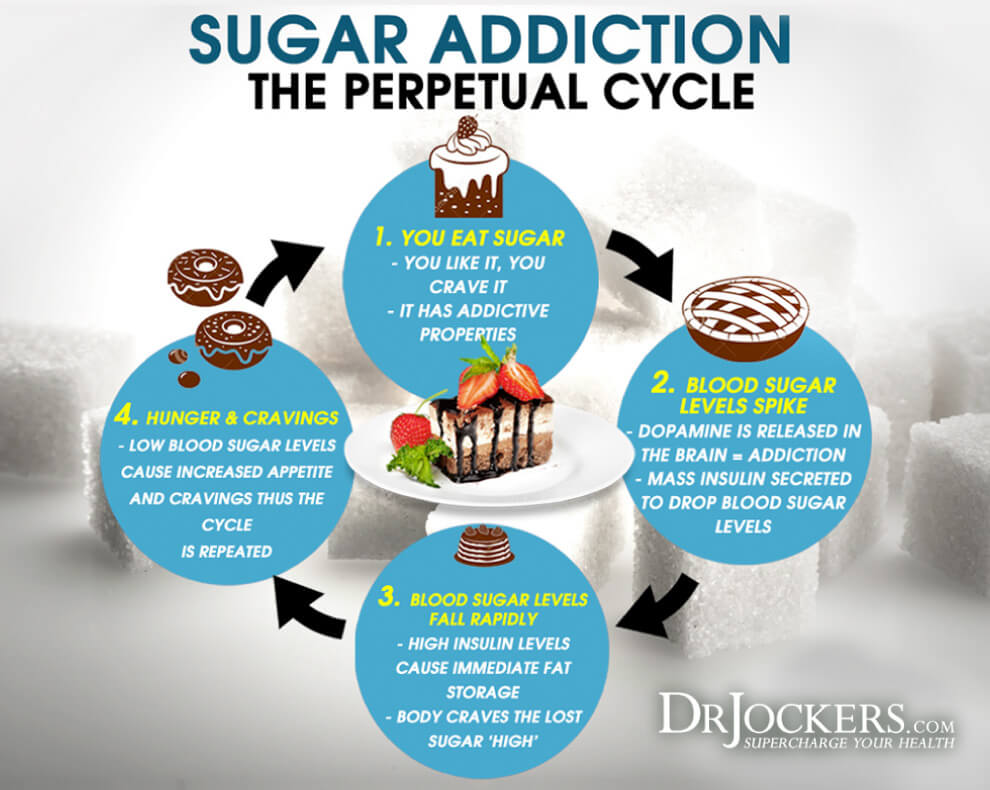
Proportions Over Calories
As I mentioned already, the caloric model of a healthy diet is fundamentally flawed. Our bodies have no internal mechanism of determining the caloric content of the foods we eat. In fact, our bodies respond entirely differently to consuming 30 calories of bread versus 30 calories of avocado. Consuming a diet high in healthy fats and low in carbs tends to result in an improvement in fat burning. You may find that consuming a diet with the same amount of calories following the keto food pyramid results in much better weight loss than one that resembles the SAD template.
Additionally, keeping strict track of calories can be a laborious process that leaves many people overwhelmed. More often than not, this approach stifles health progress because most people simply do not have the time.
Sticking to general proportions tends to get much better results with a few nuances. I will provide tips for this as we go through the keto food pyramid. In general, a keto nutrition plan should consist of 60-80% fat, 20-30% protein, and 5-10% carbs.
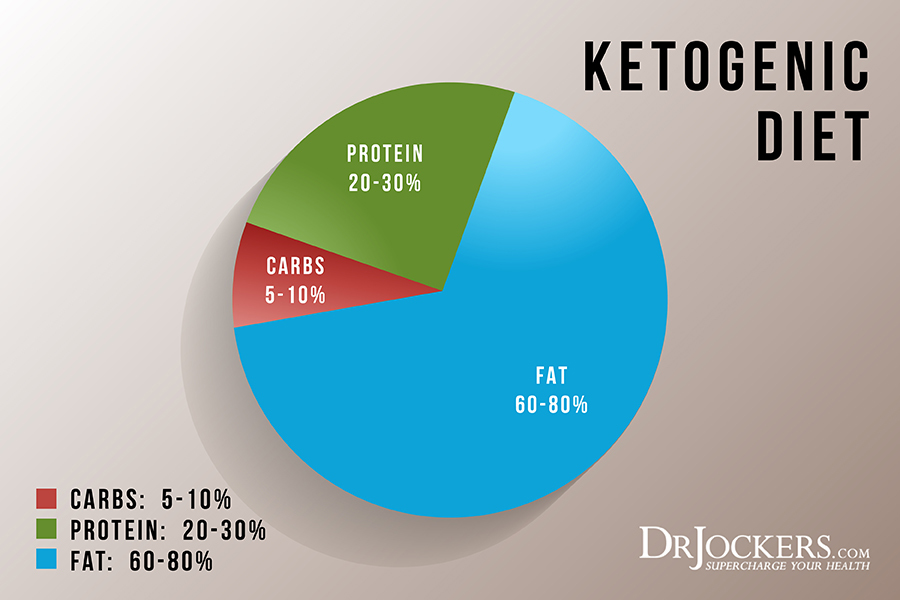
Keto Reverses Modern Chronic Diseases
Teaching your body to burn fat instead of carbs as a primary fuel source has many benefits. For one, it helps to re-stabilize blood sugar, a massive issue in our society. Stabilizing blood sugar tends to have a positive impact on diabetes, cardiovascular disease risk, obesity, and much more.
These metabolic diseases are the leading causes of death today. Studies consistently show the benefits of a low-carb, high-fat nutrition plan in this regard (1, 2).
The keto food pyramid is your template for a much healthier lifestyle. This may be a change for you at first, but overtime, you will find that you feel much better and the diet is much easier to follow than you may have thought.

Keto Food Pyramid
Now, let’s get into what the Keto food pyramid looks like and how to incorporate it into your daily life. First and foremost, you will notice that the base of the pyramid consists of healthy fats like avocados, coconut oil, grass-fed butter, pasture-raised eggs, etc. These provide the basis for your body to burn fat more effectively while offering their own unique health benefits.
Next, we want to flood the body with antioxidant-rich vegetables, fruits, and herbs. This helps to provide a dense-array of micronutrients and enhance the anti-inflammatory benefits of a ketogenic diet.
Illustrated below is the keto food pyramid that I utilize and share with my coaching clients to achieve maximum benefits. I will dive into each of these sections as we continue through the article.
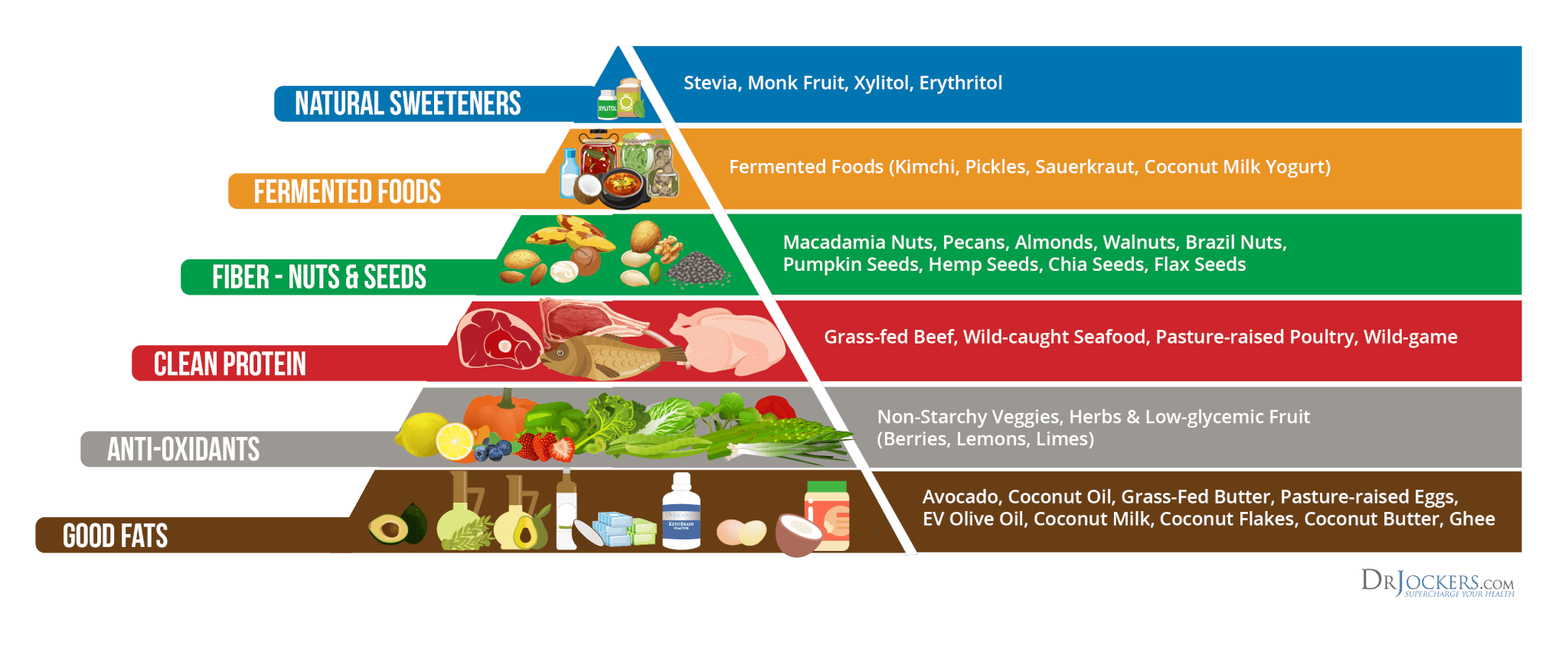
Healthy Fats
Healthy fats are the base of the Keto food pyramid. This is because we want the body to use fats as a fuel source. In order to train the body to do so, there must be 60-80% of calories coming from fats while limiting carbs to only 5-10%. Proteins also play a role here as we will discuss next.
While many ketogenic diet proponents do not place any emphasis on what the BEST fats are, this is extremely important for therapeutic benefits. We want fats that come from nutrient-dense sources and are anti-inflammatory for the body. In general, you want to stick with avocados, coconut fats, olives and olive oil, pasture-raised eggs, grass-fed butter/ghee as well as MCT oils and short chain fatty acid butter or oil.
As a side note, if you are brand new to the ketogenic diet, I highly recommend beginning your journey with a Keto Metabolic Makeover to ease your body into burning fat for energy without suffering from keto flu side effects. Read more about that here: Keto Metabolic Makeover
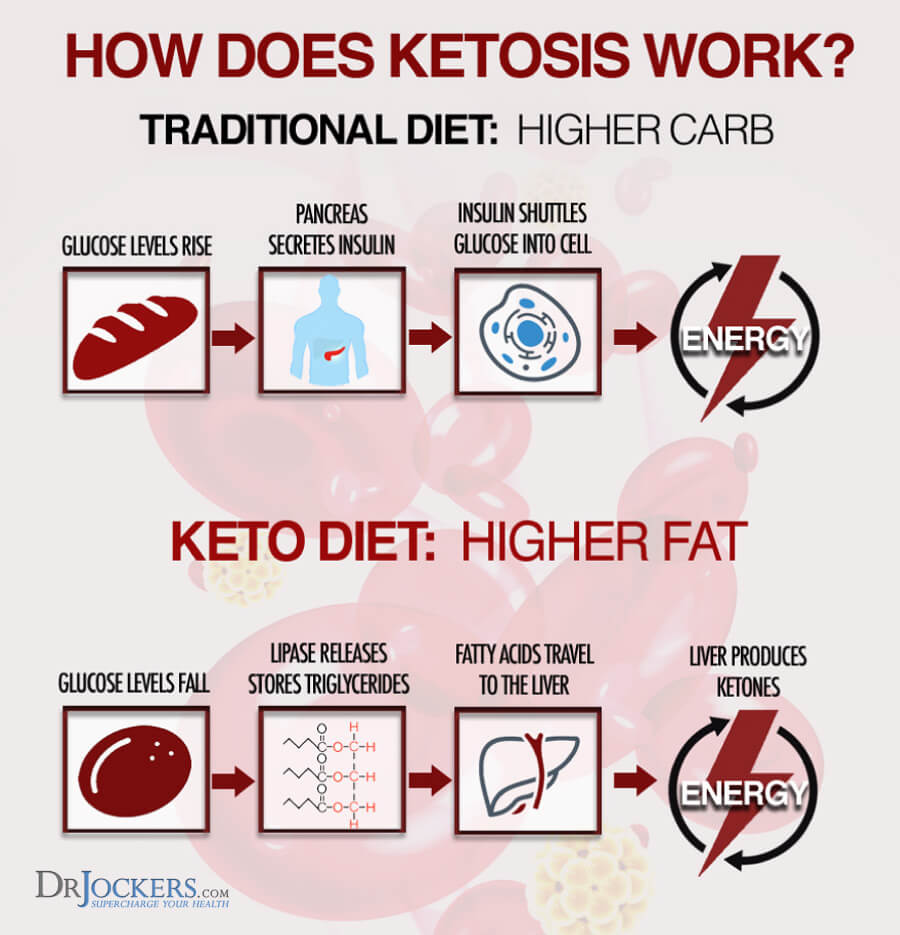
Best Fat Choices
The best healthy fat sources come from whole-food sources.
My top healthy fat sources include:
- Avocados & Avocado Oil
- Coconut Products (Milk, Oil, Flakes, Butter)
- Grass-fed Butter or Ghee (other dairy tends to be higher in carbs)
- Olives and Olive Oil
- MCT oil (Great for ketone production
- Animal Fats from Pastured Animals (Lard, Tallow)
There is also a relatively new product call SCT oil which is purified from grass-fed butter that is excellent for ketosis. It provides the additional benefit of providing benefits to the gut microbiome which is extremely important for overall health.
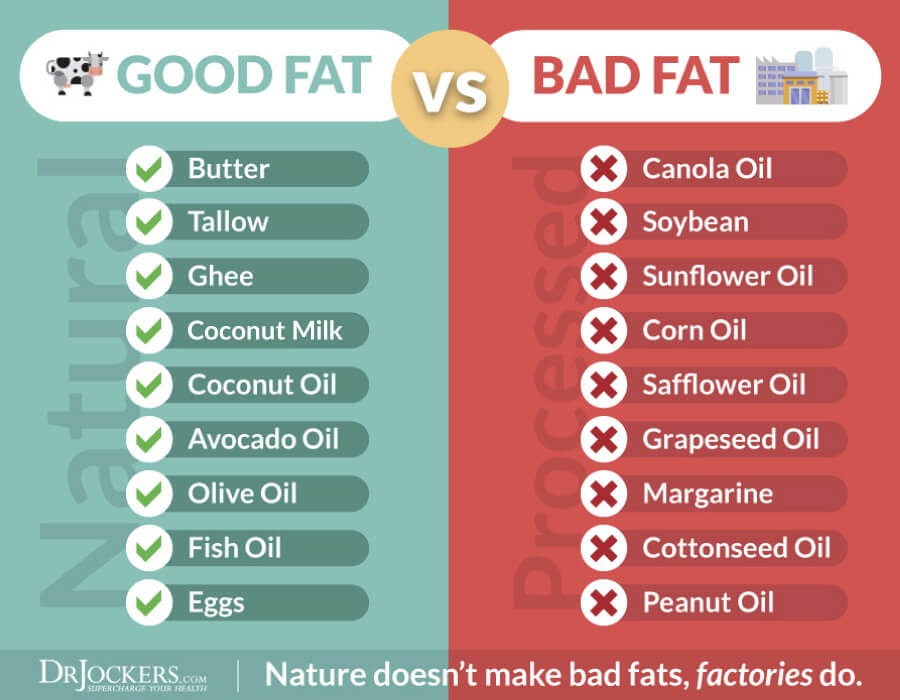
Antioxidants
I am always looking for ways to maximize the benefits of my lifestyle. The ketogenic diet is anti-inflammatory and is great for placing the body in a healing state to overcome certain health challenges. To take these benefits to the next level, the keto food pyramid I have designed includes antioxidants as the second most important food group.
The best foods for this come from 3 primary groups – vegetables, low-glycemic fruits, and fresh herbs & spices.
Best Vegetables: Onions, Leeks, Dark Leafy Greens, Broccoli, Cauliflower, Brussels Sprouts, Asparagus, Artichokes, Radishes, Garlic, Celery
Low-Glycemic Fruits: Grapefruit, Organic Berries, Granny Smith Apples, Avocados
Herbs & Spices: Basil, Oregano, Thyme, Rosemary, Turmeric, Cinnamon, Ginger, Cardamom, etc. (there is a long list of herbs and spices that can go here and they are all great!)
Loading up on plenty of the vegetables mentioned above also helps to feed the microbiome and promote a healthy balance of gut bacteria. This is because these things contain prebiotic fiber that your healthy gut bacteria love!

Clean Proteins
Another thing that a lot of keto promoters do not emphasize is the quality of your protein. Also, it is important to keep track of the amount of protein your consuming on a daily basis. This is because too much protein will stimulate the body to form glucose which will prevent you from entering ketosis.
While some may say eating deli meat wrapped cheese is a solid ketogenic choice, I emphasize that clean protein sources be used instead.
The best clean ketogenic food choices include: Pasture-raised beef, bison, lamb, chicken, turkey, and wild-caught fish such as Salmon. Also, pasture-raised eggs are one of the best nutrient-dense ketogenic proteins you can eat. Some people have sensitivities to eggs so if you are dealing with a major health challenge, check out this article on the best ways to determine your unique food sensitivities: What is the Best Food Sensitivity Testing Method?
Consuming conventionally raised meats will lower the nutrient content of your meals while also subjecting you to antibiotics used to treat livestock raised in dirty environments.
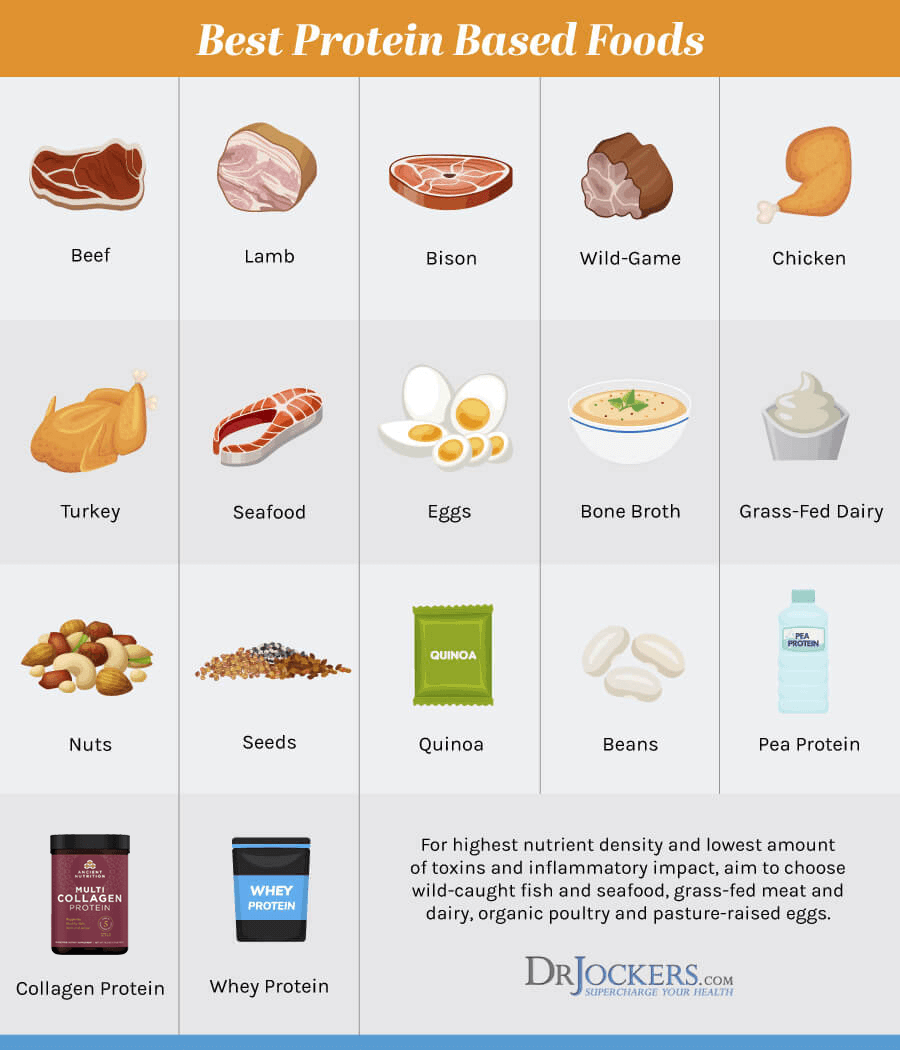
Determining Your Ideal Protein Intake
As we discussed, too much protein can inhibit your fat burning and potentially increase cancer risk in some cases. That being said, this is highly variable to each individual and depends on your lifestyle and health goals.
For example, someone who is engaging in heavy exercise and trying to build muscle mass will need more protein than a sedentary individual. Additionally, someone who is lean may need more protein than someone who is overweight.
Certain disease processes, such as cancer, will do better with a lower protein diet as well. The graphic below outlines how to determine your ideal protein intake.
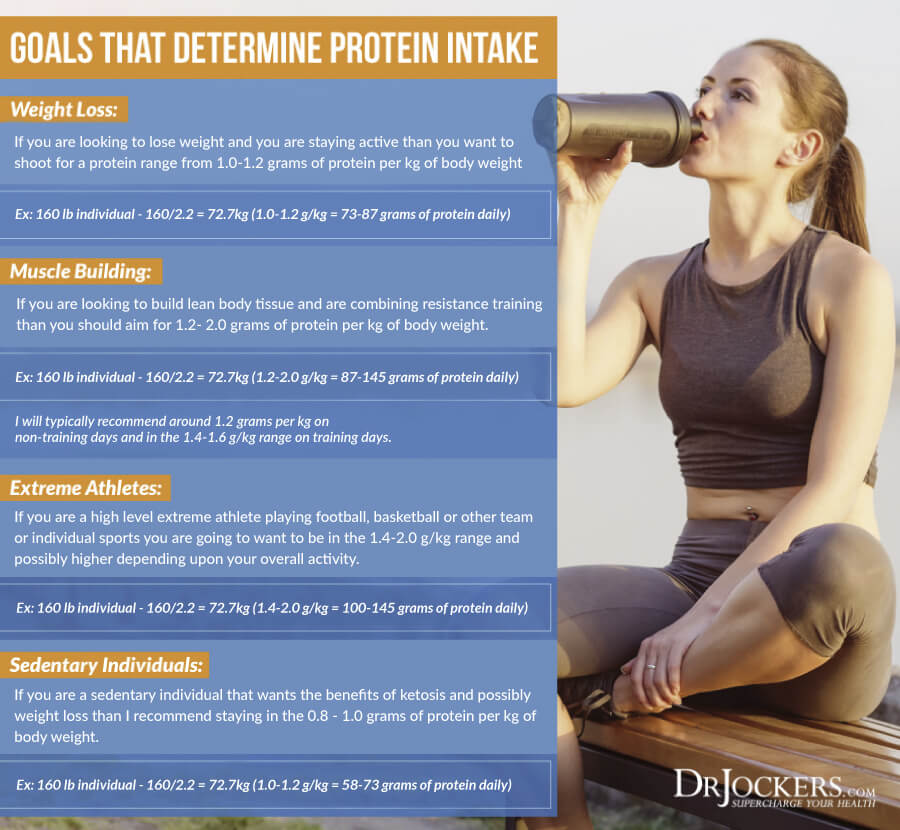
Fiber – Nuts & Seeds
Fiber is extremely important on a ketogenic diet. This is why I made a point of placing it on the keto food pyramid. Constipation is a common concern for people starting a ketogenic diet, getting plenty of fiber can help to address this.
Fiber not only keeps you regular, but also feeds beneficial bacteria in your gut. Having a healthy microbiome can improve your metabolism, mental health, and keep your immune system strong.
In addition to the vegetables outlined in the graphic below, nuts and seeds like pecans, almonds, walnuts, brazil nuts, pumpkin seeds, hemp seeds, chia, and flax all have a rightful place in the keto food pyramid.

Fermented Foods
Speaking of the microbiome, fermented foods are excellent for those on a ketogenic diet. If you have a histamine intolerance issue, then you will want to steer clear of this one. For everyone else, these are a must-have.
My top picks include kimchi, pickles, sauerkraut, coconut milk yogurt (or kefir), and low-sugar probiotic beverages. It is wise to find the fermented foods you feel the best with and consume them on a regular basis.
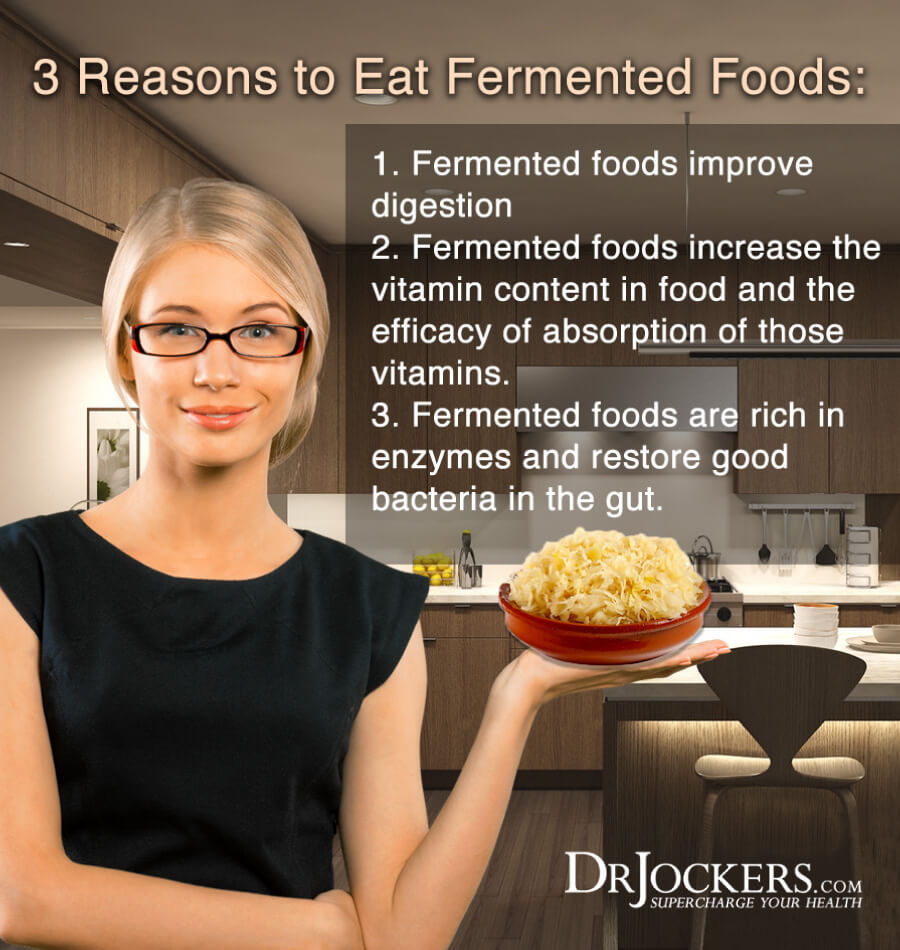
Natural Sweeteners
A common misconception about the ketogenic diet is that we can no longer enjoy delicious sweet treats. This is not the case. There are now great natural sweeteners that do not have an impact on blood sugar. These include stevia, monk fruit, and sugar alcohols such as erythritol and xylitol. I prefer to stick with stevia and monk fruit as some people will have digestive issues with sugar alcohols.
Feel free to try them out and see how you respond, many people have no issues with them!
For some great dessert recipes, check out my recipes here: Desserts. I regularly enjoy the Keto Almond Butter Fudge Cups, Coconut Flour Keto Cookie Bars, and the Turmeric Coconut Cream Cups!
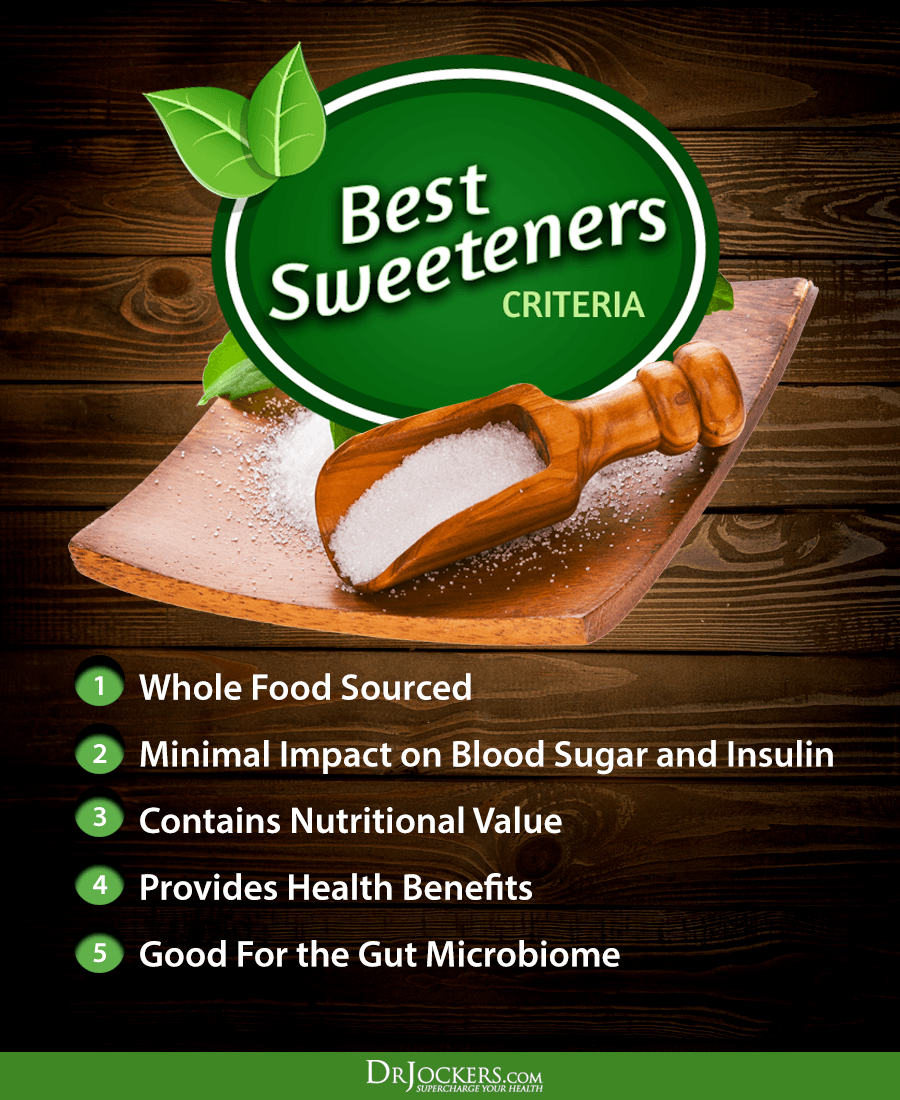
Monitor Your Ketones
The keto food pyramid lays the foundation for designing your own healthy ketogenic meal plan. That being said, eating this way does not guarantee you are going to be in ketosis.
The best way to determine your ideal meal intake is to test your ketone levels using a blood or breath monitor. Below are the devices I recommend most often for this:
Keto Mojo: This is a relatively inexpensive blood ketone monitor that also measures blood sugar. This is the most accurate measure of ketone levels. Nutritional ketosis is defined as having 0.5 – 3.0 mM/dL on your blood ketone meter. See if you are in that range. Most people notice the weight loss effect when they are up over 1.0 mmol.
For an effective option for measuring breath acetone there is the Ketonix which is an excellent breath meter. The unique advantage of a breath ketone monitor is that it is a one-time expense as you do not have to continue to purchase test strips as with the blood monitor.
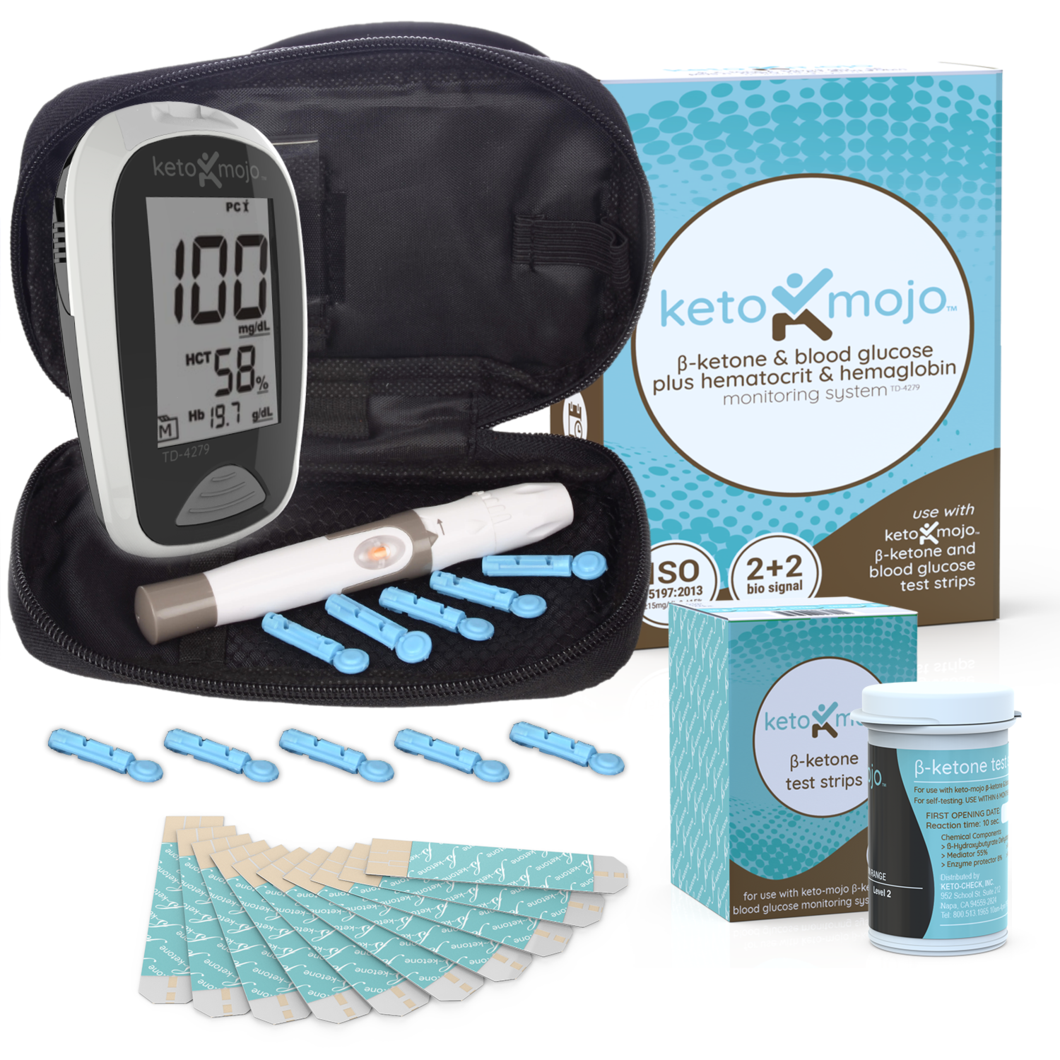

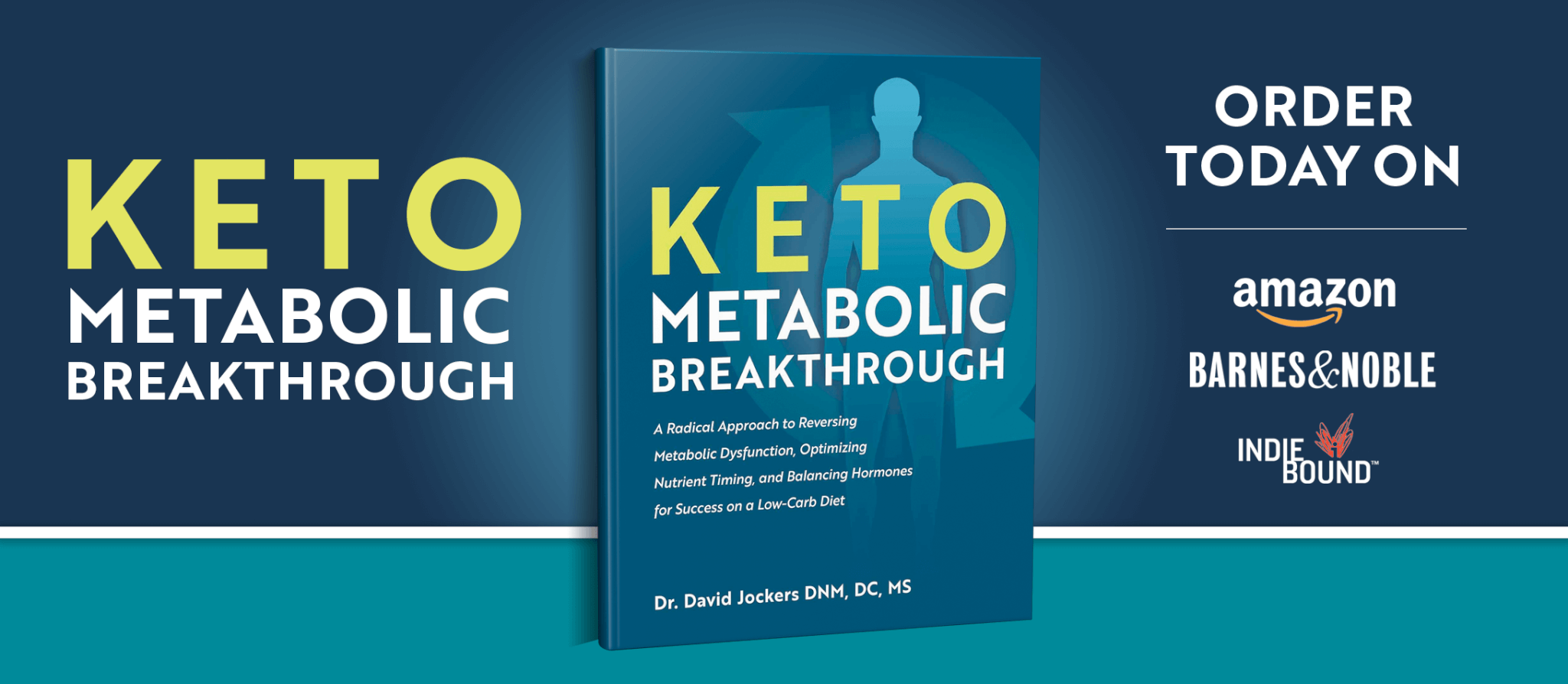


I have been following the Keto since January 2018 and am losing weight. However, I am having Leg cramps every night! I take magnesium, potassium and drink ketorade every day and don’t know what else to do! HELP PLEASE
Hey Cathy, also try to consume 1-2 teaspoons of Himalayan or Celtic salt per day!
Is there any possibility ketogenic diet could be wise for someone who has had a heart attack or otherwise been diagnosed with heart disease? It is completely counter to standard advice for these people, and it’s difficult for one who has suffered a recent heart to eat counter to what cardiologist and nutritionists tell him to eat. This is a serious conundrum, because I am a firm believer that the healthy fats can heal. What’s the alternative? Shouldn’t cook with olive oil, and I don’t want to use processed oils.
Hey M. J., yes I think it can be helpful for restoring desirable cholesterol numbers and reducing inflammation in the body! Here are some helpful articles:
https://drjockers.com/beat-heart-disease-naturally/
https://drjockers.com/12-best-heart-healthy-foods/
My 22 year old daughter after returning from Peru last fall on a mission trip was put on allergy meds for a sore throat. Later, an antibiotic because it didn’t get better. Gradually tonsils got infected which led to a tonsillectomy. This required another round of an antibiotic. She was diagnosed with LPR amd gastritis. They put her on a PPI for 8 weeks. She didn’t get better. We then tried probiotics and diet change, HCL, etc for 2 months with little change. She almost seemed to be getting worse instead of better. I think the HCL made it worse. The ENT doc referred us to a GI doctor. He put her on Dexilant. After 1 month, she still has sore throat and burps a lot though we have dramatically changed her diet to low acidic foods, foods that improve immune system,etc. She has been sick for 6 months. I don’t know what to do next. What do you think is going on? This is heartbreaking for me. We don’t know who or what to believe because I believe in what you guys say yet the doctors we have seen want to use PPI’s. Now the GI doctor is saying that stress is keeping my daughter from getting well yet neither of us think that is true. Please, can you help us?
Sorry to hear about this Corletta, she could have picked up some kind of gut bug in Peru. I would recommend having this test done: https://drjockers.com/gi-map-stool-analysis/
Ms. Barbee,
Dr. Jockers is right, and a parasite problem is very possible. You might have to repeat several tests even if they are negative.
Dr. Miller
She might have what’s called eosinophilic esophagitis. Did she get an endoscopy? Basically the eosinophils attack the lining of the esophagus. My son is extremely allergic and sensitive to a lot of things. Acid pills seemed to help a little bit but also he moved to an area where he’s less allergic to the environment and seems to be doing a lot better. Some foods trigger a worse reaction. You should get her checked with an allergist and possibly get her on the weekly allergy shots. Sorry I’m not a doc but we’ve been through a similar thing with my son. Good luck.
Hello Dr. Jockers,
I wanted to ask if it is possible to put on a few pounds and gain some muscle while at the same time losing fat on the Keto diet? I have Lupus, Sjogren’s and IBD. The Gastroenterologist suggested a Sugar free, Dairy free and Grain free diet because of my gut issues – basically a Keto diet. However, I lost too much weight too fast. I am 5’2″ 100 lbs. The problem is that my shoulders, chest and clavicle bones are thin and jut out. I need to try and put on some muscle but I still carry some fat around the hips and thigh area. My gut issues have improved with the Keto diet and I want to remain but need help. Can you please help? Thank you for your time and patience!
Hey Connie! With those issues going on I would recommend doing some functional lab work to determine the best plan of action. You would want to identify autoimmune triggers and work on lowering inflammation which will improve your digestion and allow you to use the foods you are eating to build your body up more efficiently. You may consider resetting your digestive system with the strategies here: https://drjockers.com/healing-leaky-gut-fasting-elemental-diet/
I am concerned that I am getting too many carbs from the recommended vegetables. I have never had a problem with cutting out sugar but I have always loved my veggies. Even though I consume the recommended amounts of protein and fats (possibly overdoing the fats) I am not losing weight. I am 5’2″, ca. 154 lbs. and pretty sedentary (age70). What amount of net carbs should I be aiming for?
Hey Liz,
I would recommend trying to cut down the net carbs to 20 grams or less for 1-2 weeks and see if that makes a difference. If you are more active and add in exercise – doing some resistance training a few times a week, you can bring your net carbs up to 50 grams.
dear dj would like to asking about some thing every night I sleeping up morning about 3 to 4 am I feel like very heart to breach than I have to get my medication like heart solution than back to sleep please telling any way can do better than that this problem about this two or three week ?